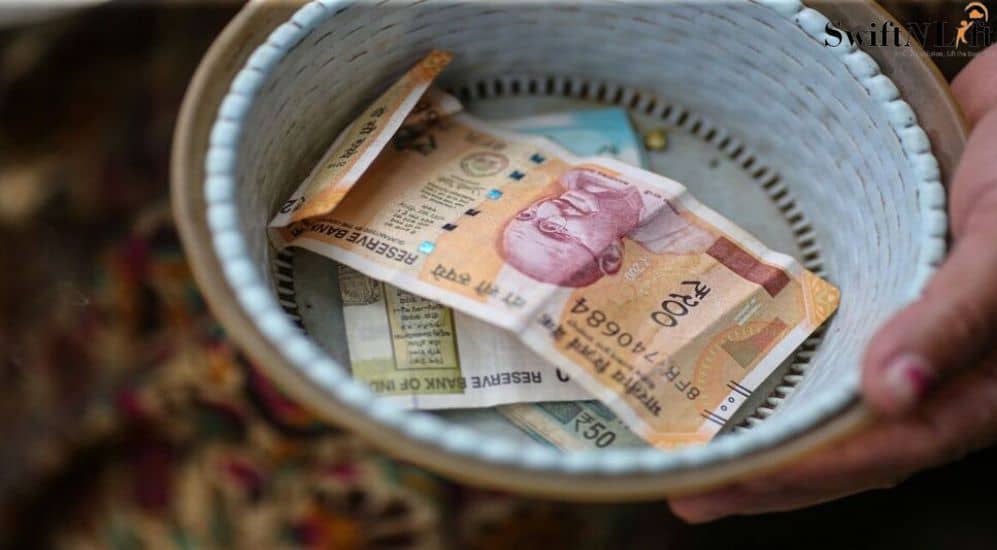
In recent years, Indian Prime Minister Narendra Modi has expressed a vision of the Indian rupee becoming a global currency, comparable to the US dollar, euro, or Japanese yen. The idea behind this ambitious plan is to elevate India’s economic status on the global stage and reduce its dependence on foreign currencies. However, despite Modi’s push, the journey towards internationalizing the Indian rupee has been met with various challenges, resulting in a slow start. This article will delve into the reasons behind the sluggish progress and discuss potential strategies to overcome these obstacles.
The Benefits and Motivations for Internationalizing the Indian Rupee:
Before examining the challenges, it is important to understand the benefits and motivations associated with internationalizing a national currency. Firstly, it enhances a country’s financial independence by reducing its reliance on foreign currencies for trade and transactions. Secondly, it can potentially attract foreign investments and strengthen the country’s financial markets. Additionally, an internationalized currency boosts a nation’s political influence and reinforces its status as a global economic powerhouse.
Challenges Hindering the Globalization of the Indian Rupee:
Economic Stability and Liberalization: One of the primary challenges facing the internationalization of the Indian rupee is the need for economic stability and liberalization. Investors and international markets look for consistency, transparency, and predictability in a country’s economic policies and reforms. India must ensure a stable macroeconomic environment, effective monetary policy, and investor-friendly regulations to instill confidence in global investors.
Infrastructure and Market Development: The development of robust financial infrastructure is crucial for a currency to go global. India needs to enhance its banking systems, payment networks, and capital markets to support the seamless circulation of the rupee. The country must also foster a vibrant and liquid bond market, which plays a significant role in attracting foreign investors and promoting international trade settlements in the national currency.
Capital Controls and Exchange Rate Stability: India’s existing capital controls and restrictions on the convertibility of the rupee pose challenges to its global aspirations. To achieve internationalization, the country needs to relax capital controls gradually, allowing for greater flexibility in cross-border transactions. Simultaneously, maintaining exchange rate stability is vital to instill confidence in international investors and businesses, ensuring they can rely on the value of the rupee over the long term.
Geopolitical Factors: Geopolitical tensions and global economic dynamics also impact the pace of currency internationalization. India’s relationship with neighboring countries, particularly China, plays a significant role in determining the acceptance of the rupee in international trade and finance. Developing stronger diplomatic ties and expanding trade partnerships could help alleviate geopolitical barriers and enhance the global standing of the Indian rupee.
Strategies to Accelerate the Process:
Economic Reforms: India should prioritize comprehensive economic reforms aimed at fostering a favorable investment climate and improving ease of doing business. Simplifying regulatory procedures, reducing bureaucratic red tape, and implementing consistent policies will attract foreign investors and create a conducive environment for the rupee’s internationalization.
Financial Market Development: Strengthening the financial infrastructure is crucial to support the global circulation of the Indian rupee. The government should invest in modernizing payment systems, expanding electronic banking services, and developing a vibrant bond market. Additionally, fostering innovation in financial technology (fintech) and encouraging digital payments will expedite the adoption of the rupee in international transactions.
Exchange Rate Management: The Reserve Bank of India (RBI) plays a vital role in managing the exchange rate and maintaining stability. The RBI should adopt a prudent and transparent monetary policy framework, ensure appropriate forex reserves, and engage in proactive communication to instill confidence in the rupee’s value. Gradual relaxation of capital controls can be implemented in a calibrated manner to avoid disruptive market movements.
International Partnerships: Strengthening diplomatic ties and expanding trade partnerships can pave the way for the acceptance of the Indian rupee in international trade. Engaging in currency swap agreements with other countries and promoting bilateral trade in rupee can increase its usage and acceptance. Collaborating with international financial institutions to promote the rupee as a settlement currency for regional trade can also facilitate its globalization.
Conclusion:
While Prime Minister Narendra Modi’s vision of globalizing the Indian rupee is commendable, the process has encountered several challenges that have contributed to a slow start. However, with comprehensive economic reforms, financial market development, effective exchange rate management, and strategic international partnerships, India can overcome these hurdles and expedite the internationalization process. The globalization of the Indian rupee would not only elevate India’s economic standing but also strengthen its position as a global player in the world of finance and trade.

